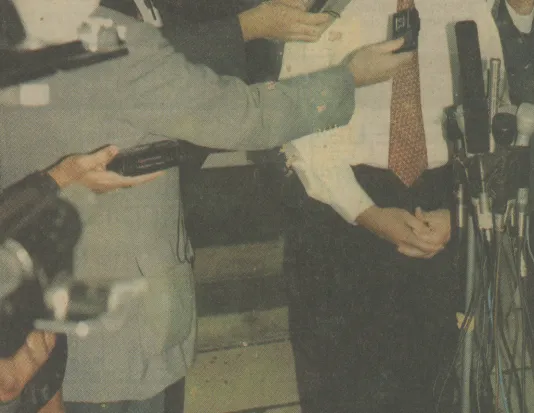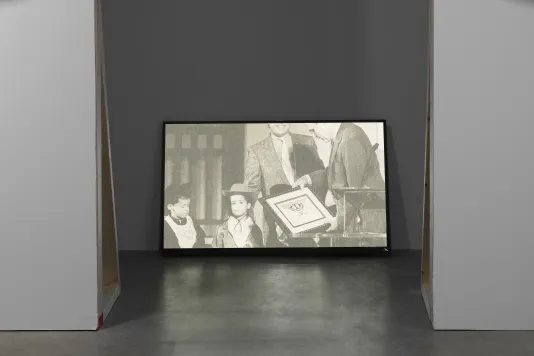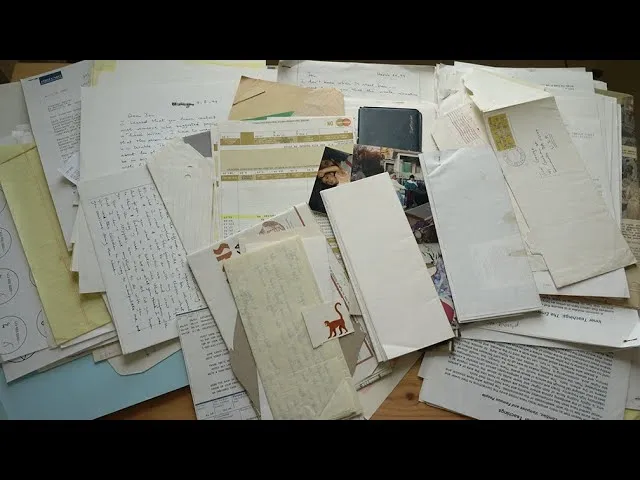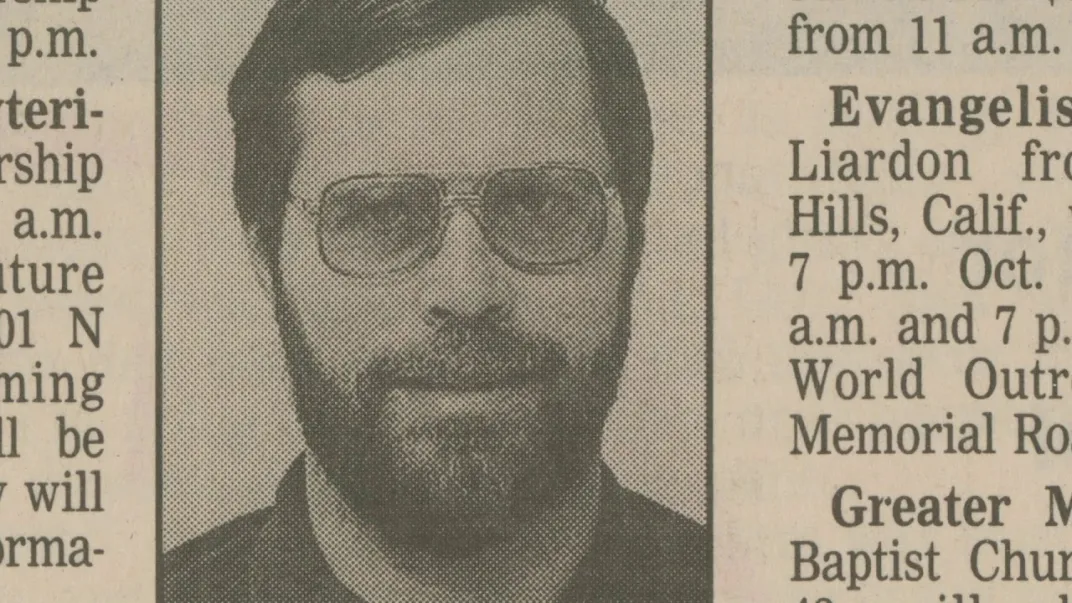Video still, Rami George, Untitled (Saturday, October 16, 1993), 2015. HD video, color, sound 5:00 min. Image courtesy the artist © 2020 Rami George.
Experience List Projects 21: Rami George

List Projects 21: Rami George Panel Discussion
Wednesday, April 1st at 6 PM EST
Log on to a Zoom panel hosted by Art in America featuring List Projects 21 artist Rami George in conversation with critic Rahel Aima and List Center Assistant Curator, Selby Nimrod. This discussion will have real-time closed captioning available.


